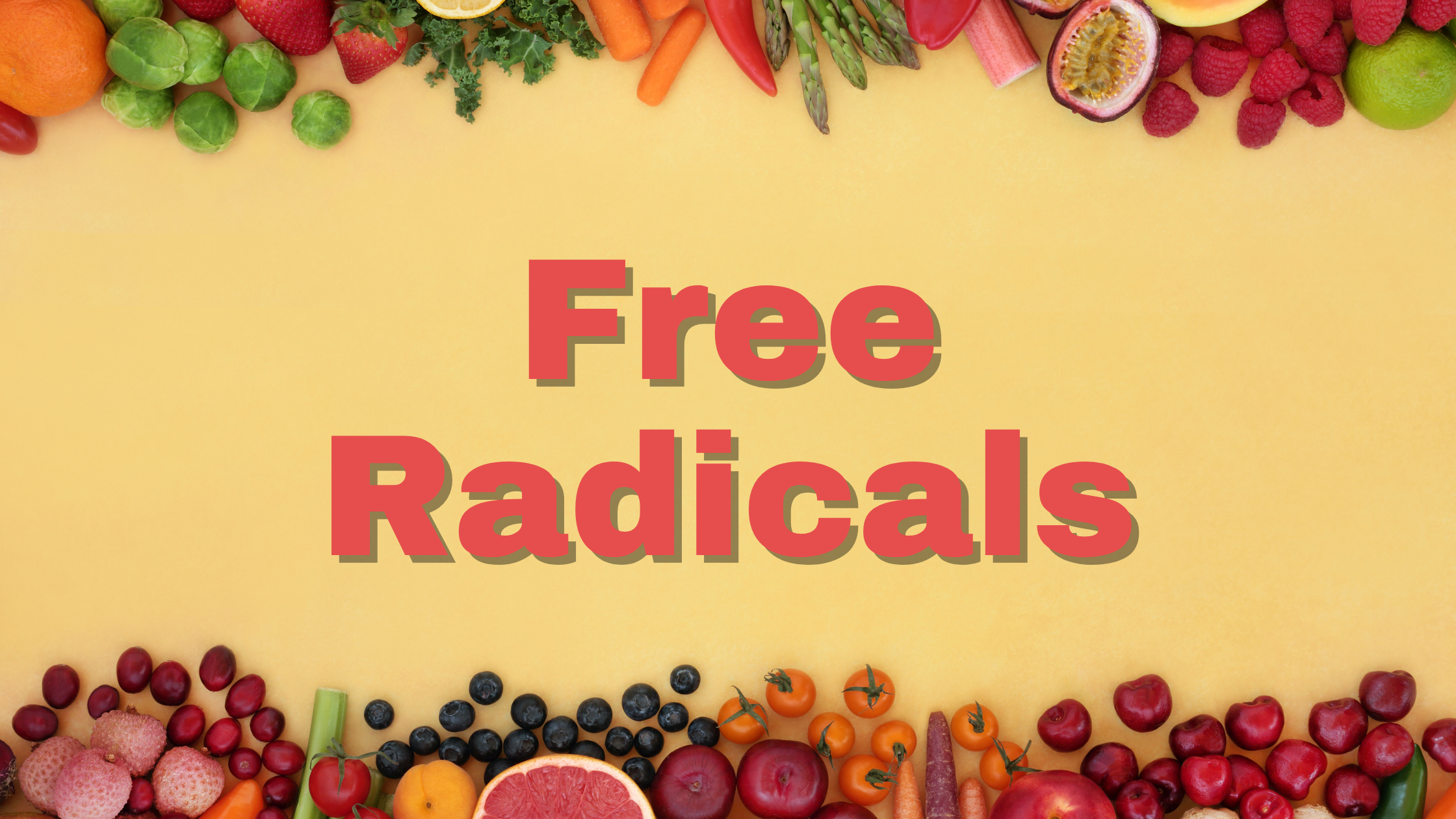ROS PRODUCTION
Reactive oxygen species (ROS) are biological products of metabolism that exert both positive and negative effects on the body. ROS include free radicals like the hydroxyl radical (OH·), superoxide anion radical (O2–), nitric oxide (NO·), etc.1 as well as other oxidants (e.g. hydrogen peroxide (H2O2), peroxynitrite (ONOO-) singlet oxygen (1O2), etc.).2 The primary source of ROS formation occurs via the membrane-bound NADPH oxidase enzyme complex and the electron transport chain (primarily complex 1 and 3) of the mitochondria3 during aerobic metabolism.
NEGATIVE EFFECTS OF ROS
Numerous articles discuss the negative consequences of ROS and their implications on virtually every disease: Immune disorders, such as diabetes mellitus,4 multiple sclerosis,5 asthma,6 rheumatoid arthritis,7 chronic inflammation,8 and other fatal diseases such as cardiovascular disease,9,10 cancer,11 neurodegenerative diseases such as Alzheimer’s disease12 and Parkinson’s disease13 as well as aging14,15 (perhaps due to telomere shortening16).
POSITIVE EFFECTS OF ROS


A more recent understanding of ROS17-20 demonstrates that although they may have negative side effects at high levels, they are also important biological signaling molecules that exert therapeutic and protective effects against diseases, and play a pivotal role in mediating the benefits of exercise.21 The above figure illustrates ROS production in the mitochondria and its involvement in cell signal transduction.
PROTECTIVE MECHANISM OF THE BODY
Because high levels of ROS are strongly implicated in the progression and pathogenesis of disease, our bodies have the ability to scavenge these ROS after they exert their beneficial signaling effects. For example, the mitochondrial-produced superoxide is dismutated to hydrogen peroxide by superoxide dismutase, which is subsequently reduced to water via the glutathione peroxidase/reductases/NADPH system22. The body also uses catalase, glutathione, vitamins A, C, E, etc. to help protect against ROS-induced damage.
REDUCTIVE STRESS AND OXIDATIVE STRESS
There are two opposing forces in biological systems: oxidative stress and reductive stress. Reductive stress is achieved when the concentrations of reducing agents exceeds that of oxidizing agents. This is seen under the metabolism of ethanol (i.e. high ratios of NADH/NAD+ & NADPH/NADP+).23 Reductive stress may also partly explain why high doses of conventional antioxidants may increase cardiovascular disease24, cancer25 and absolute mortality26. Aging has recently been linked to a loss of oxidizing potential of the ER, which impairs protein folding; whereas, the cytosol becomes more oxidizing. Thus, it is possible to have reductive stress in one system, and oxidative stress in another.
Oxidative stress is defined as when the formation and concentration of ROS exceeds the clearance and scavenging activity of the body’s endogenous antioxidant self-defense system.27 Oxidative stress is correlated with aging and the standard American diet. Interestingly, exercise drastically increases the levels of ROS and consequent oxidative stress.28 Therefore, one may conclude that exercise has negative side effects to health; however, it is well known that exercise exerts potent therapeutic and protective effects.29 Research has demonstrated that one of the reasons why regular exercise exerts these therapeutic effects is because it upregulates the body’s endogenous antioxidant activity, which reduces the absolute risk of cellular injury by oxidative stress.30
ANTIOXIDANTS MAY NEGATE EXERCISE BENEFITS
Furthermore, exercise-induced ROS formation enhances insulin sensitivity via ROS-dependent transcriptional coactivators PGC1-a, PGC1-b and the transcription factor PPAR, which are linked to diabetes31. However, the pathway is blocked by ingestion of high amounts of conventional antioxidants vitamin C and E32. The ROS-related induction of PPARa, PGC1a, and PGC1b lead to an increased expression of the ROS-detoxifying enzymes, including SOD1, SOD2, and GPx1 thus offering an increased protection against various diseases that arise from oxidative stress.
HOW MUCH EXERCISE IS NEEDED?
It is unclear the frequency, duration or intensity of exercise needed to up-regulate the expression of these endogenous antioxidant enzymes to such a degree that will offer protective effects against oxidative insult. The literature, however, does shed some light into the effects of a single session of exercise versus regular exercise.
A single session of exercise increases the levels of ROS and reactive nitrogen species.33-35 This increase leads to acute oxidative damage33-37 and a lower resistance to oxidative stress.35 Physiological function also decreases;35 however, the activity of endogenous antioxidant enzymes increases, 34, 36, 37 with a possible increase in oxidative repair mechanisms.38-39
In contrast, regular exercise is associated with an absolute decrease in ROS and reactive nitrogen species,40 as well as lower oxidative damage.34,41,42,43 Moreover, physiological function44-49, resistance to oxidative stress42,43,50-52 , oxidative repair mechanisms43, 53,54 and activity of endogenous antioxidants 34, 41 all increase with regular exercise.
CONCLUSION AND RECOMMENDATION
In order to experience the positive therapeutic effects of exercise-induced upregulation of the endogenous antioxidant self-defense system, regular exercise is needed.
- Exercise regularly
- Be cautious about ingesting high amounts of conventional “pill” antioxidants
- Consume molecular hydrogen(H2), as H2 only reduces “excessive” oxidative stress, and does not interfere with beneficial ROS55.

